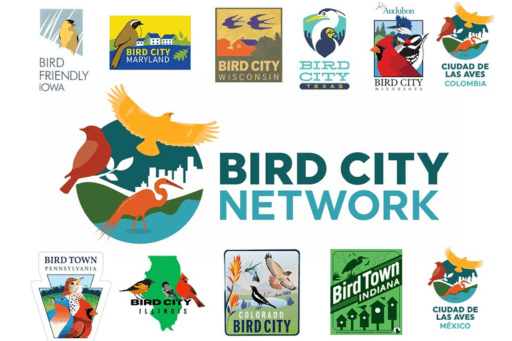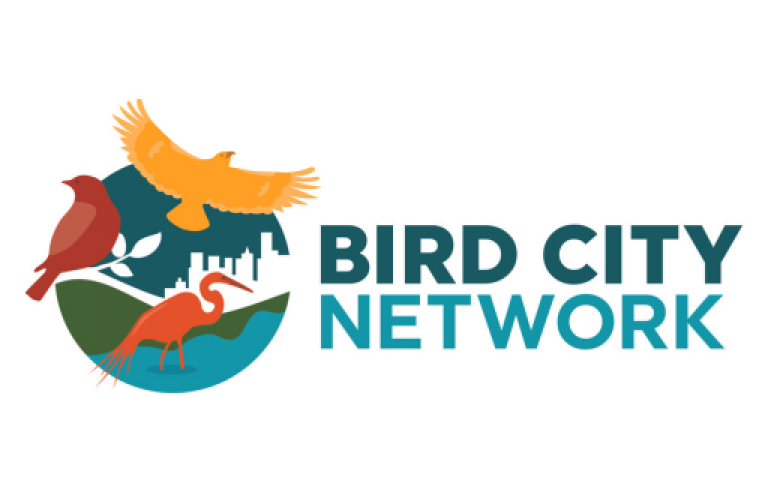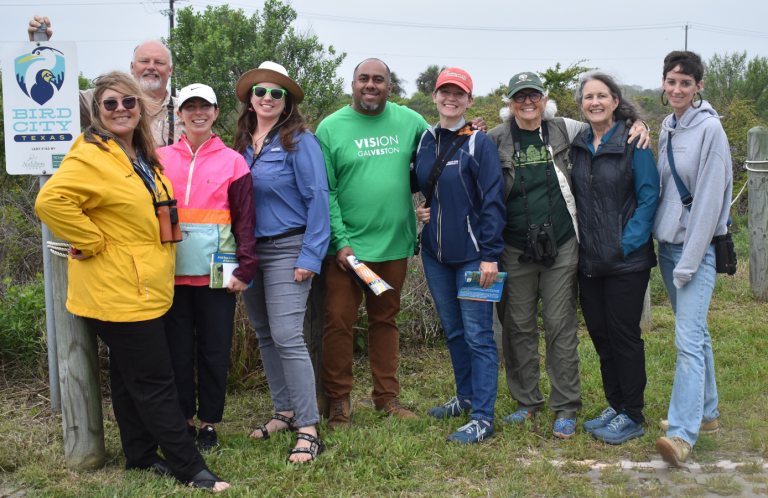Want Your Community to Become a Bird City? Here's What to Do
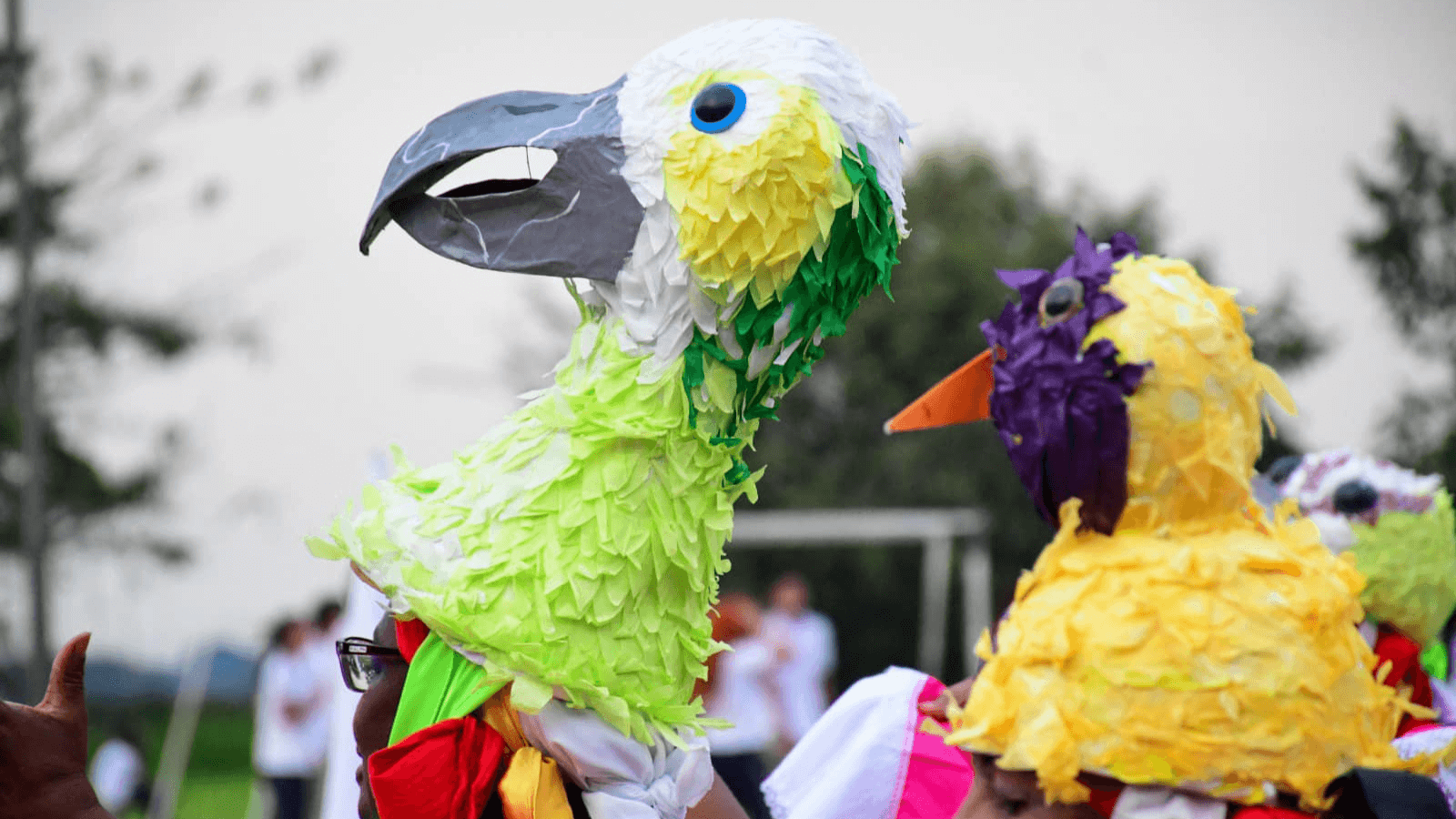
Living in a Bird City community comes with a range of potential benefits, including increased ecotourism, more diverse green spaces, cleaner and healthier parks and waterways, and more conservation education opportunities. These benefits will be amplified with the recent launch of Bird City Network, which pools information and resources from hundreds of Bird City communities taking thousands of actions to help birds and improve communities.
If that all sounds great to you, but your community is not yet a Bird City, here are five steps to get started:
- Figure out if there is an existing Bird City Program where you live.
Bird City Network is broken up into regional Bird City Programs, which tailor the Network's general application requirements to the particular needs of their region. Programs in Bird City Network currently operate in nine U.S. states and two Latin American countries — Mexico and Colombia. You can check to see if your area has a program by going to the Bird City Network website and selecting “Programs & Communities.”
If your area does have an existing Bird City Program, navigate to its webpage on the Bird City Network website and select “Apply/Renew,” where you will see a set of instructions to get started on your application to become a Bird City community. To help prepare for the application process, follow steps 2–5 laid out below.
If your state or country does not have an existing Bird City Program, and you are in a position to help start one, let us know. Starting a program in your region involves working with the Bird City Network team to navigate through several important checkpoints. First, you'll bring together a diverse group of partners (see “Build a team!” below) willing to work together to start and run a program at the state or country level. Then we'll guide that team through the decisions and steps to get things set up and operating. If that sounds like something you can help with, connect with us through the “Interested in Bird City?” button on the upper-right corner of the Bird City Network website.
- Build a team!
Every great Bird City community begins with an amazing team of individuals who come together to make it happen. Gather together local conservation organizations, community groups, teachers, and others who might be interested — even if they don't have a focus on birds — and strategize together about who is best suited to take on different tasks in the application process. For an example of what this might look like, read our Q&A with an American Bird Conservancy staff member who was part of the team that made Bird City Galveston a reality.
- Get buy-in from your local governing body.
Every Bird City community needs to have support from a leadership or governing body like a city council, mayor, or university president. Support can take different forms, including an officially enacted resolution, a proclamation, or a Letter of Support depending on your Program's requirements. This helps ensure that you can work to make changes on the community level, rather than at the individual level, and even codify them in local ordinances or legislation.
- Plan a World Migratory Bird Day event.
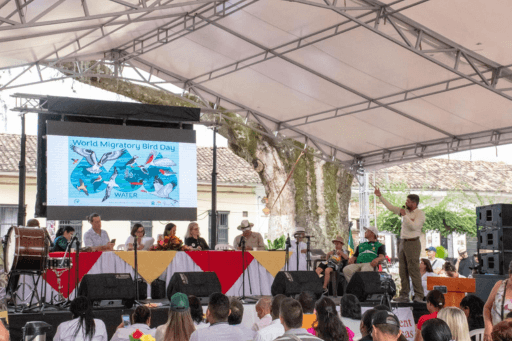
While different Bird City Programs all have their own specific requirements, World Migratory Bird Day (WMBD) events are a strong common thread. Start by scheduling one of these events, and you've completed something on the application before you even begin!
The event should share WMBD's annual conservation theme and can take advantage of the terrific resources that Environment for the Americas provides. It should also be supported by your local governing body. Apart from that, events can involve a range of activities. You might plan a bird walk with a local expert during peak migration, schedule a public talk, hold an event with kids, or plan a festival day with a whole range of educational activities.
World Migratory Bird Day officially takes place on the second Saturday in May (for spring migration) and second Saturday in October (for fall migration), but your event can be held any day of the year to suit the best time to celebrate migratory birds in your area. Just be sure to register your community's event on World Migratory Bird Day's official website. Their map of events across the Americas might also offer some inspiration for planning your own day.
- Begin your application!
If you have completed steps 1–4, congratulations, you are well on your way to becoming a Bird City! Now, it is time to dive into your application. The application has four categories of actions you can take — Habitat, Threats to Birds, Education, and Sustainability — and each Bird City Program will provide a long list of ways you can fulfill requirements in each category. If you have a World Migratory Bird Day event planned, you've already ticked one requirement off the list in the “Education” section, for instance. Start by browsing the different requirements and talking them over with your team — you might be surprised by how many requirements your community already fulfills thanks to the work you already do for birds.
Good luck on your journey to joining Bird City Network! Each community that joins helps to spread a love of birds, grows the amount of bird-friendly habitat in urban spaces, and plays an essential role in the goal of making every community in the Americas a Bird City.
###
American Bird Conservancy (ABC) takes bold action to conserve wild birds and their habitats throughout the Americas. Inspired by the wonder of birds, we achieve lasting results for the bird species most in need while also benefiting human communities, biodiversity, and the planet's fragile climate. Our every action is underpinned by science, strengthened by partnerships, and rooted in the belief that diverse perspectives yield stronger results. Founded as a nonprofit organization in 1994, ABC remains committed to safeguarding birds for generations to come. Join us! Together, we can do more to ensure birds thrive.
Media Contact
Jordan Rutter
Director of Communications
media@abcbirds.org





































